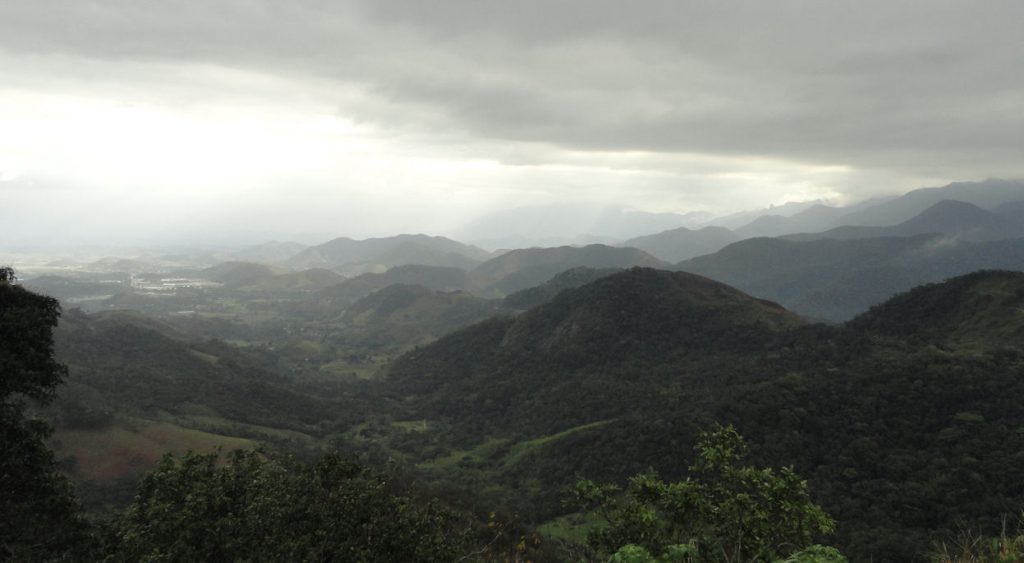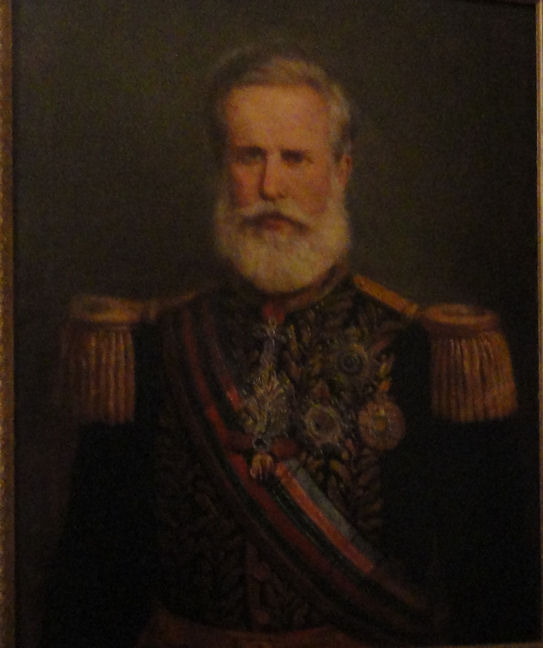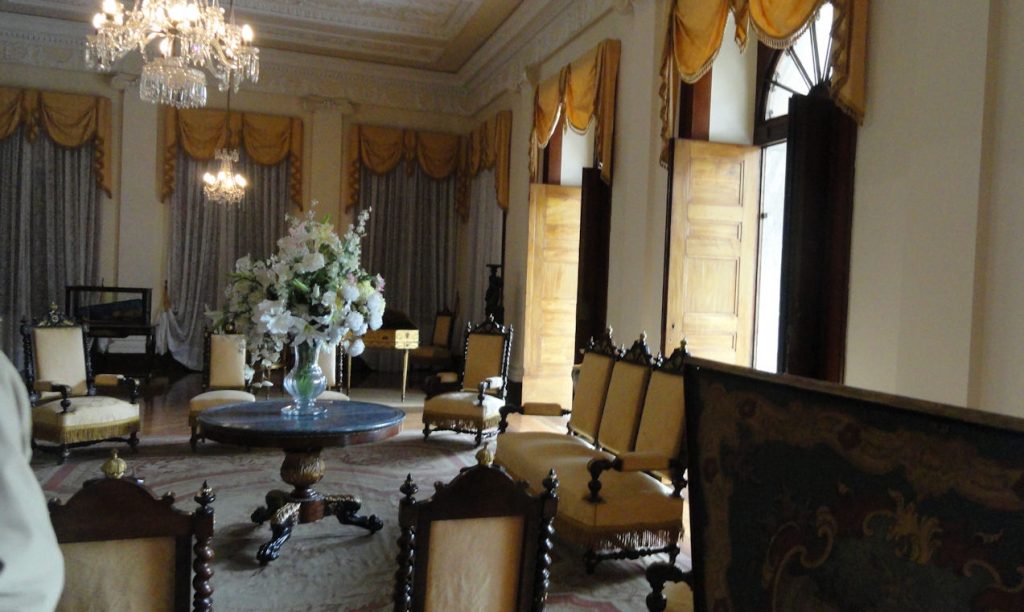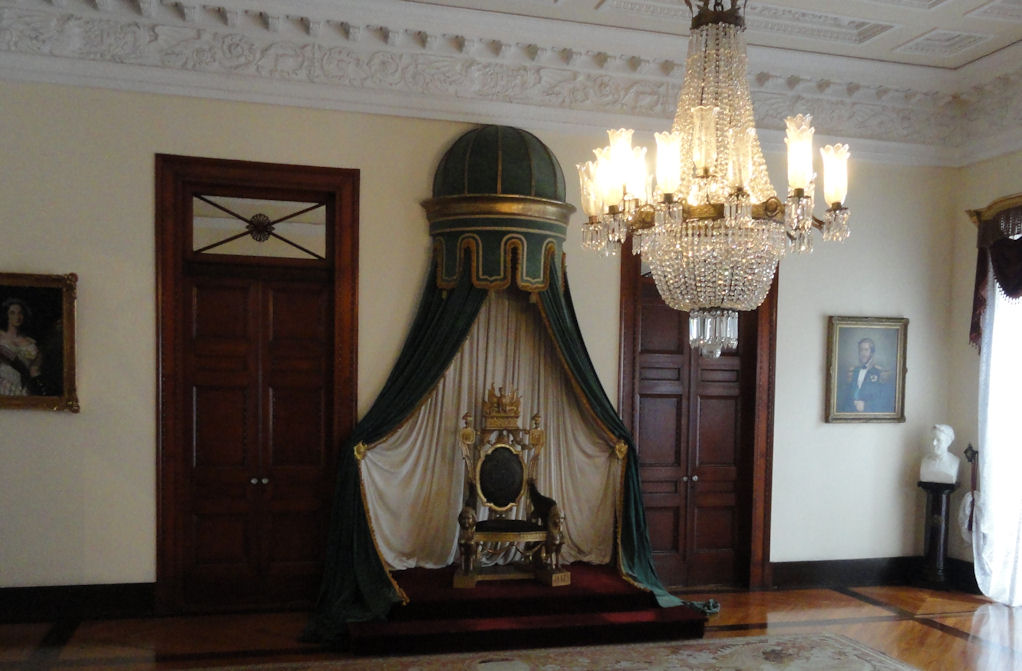
Dom Pedro didn’t really found Petrópolis as much as just built his summer palace up in the hills outside Rio and the city formed around it. There are nearly 400,000 people in the town today. It has a kind of European flavor. Some people say it is like Germany. I suppose it is like Germany if you discount the palm trees. It is not as tidy as Germany. The Brazilian city that really looks like Germany is Blumenau, but that is another story. Petrópolis is more reminiscent of Sintra near Lisbon, which makes more sense as a parallel.

You drive through some sublimely beautiful country to get to Petrópolis and it would be worth the trip if all you did was drive up and back. You have to go up one road and down another, which is really a good thing since it means there is no oncoming traffic on the twisted roads. Mixing Brazilian driving habits with this kind of road often would be fatal with oncoming traffic. I recall driving the old BR 101 in Santa Catarina. It was also a beautiful road but not safe. It has improved.
As I mentioned in an earlier post, our ostensible reason for going to Petrópolis was to pick up papers that Dom Pedro II produced while visiting the U.S. in 1876. We got a lot more. Mauricio met us at the Imperial Museum and gave us a tour of the summer place. It is not a really big place as some I have seen. It is much more manageable. You can imagine that people actually liked to live here and like to visit here. There was obviously a ceremonial element, but this was also a place to live.

Petrópolis today lives mostly by tourism; it depended on Dom Pedro when he was living there and it does still. But I also met a guy from GE aviation. He told me that they employ 1600 people in Petrópolis and make airplane parts and turbines. We talked about workforce. It is hard to find qualified people, so GE works with a local technical school to train workers. Airplane manufacture is a strange industry. Airplanes are made internationally. Parts are made by specialist all over the world. Sometimes engines actually move between countries in a kind of external assembly line. I really cannot understand how this can be economically viable, but evidently it is.

